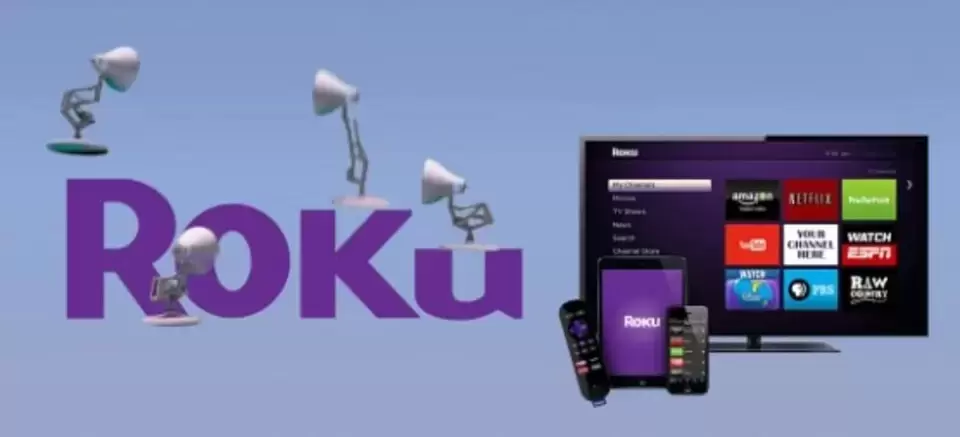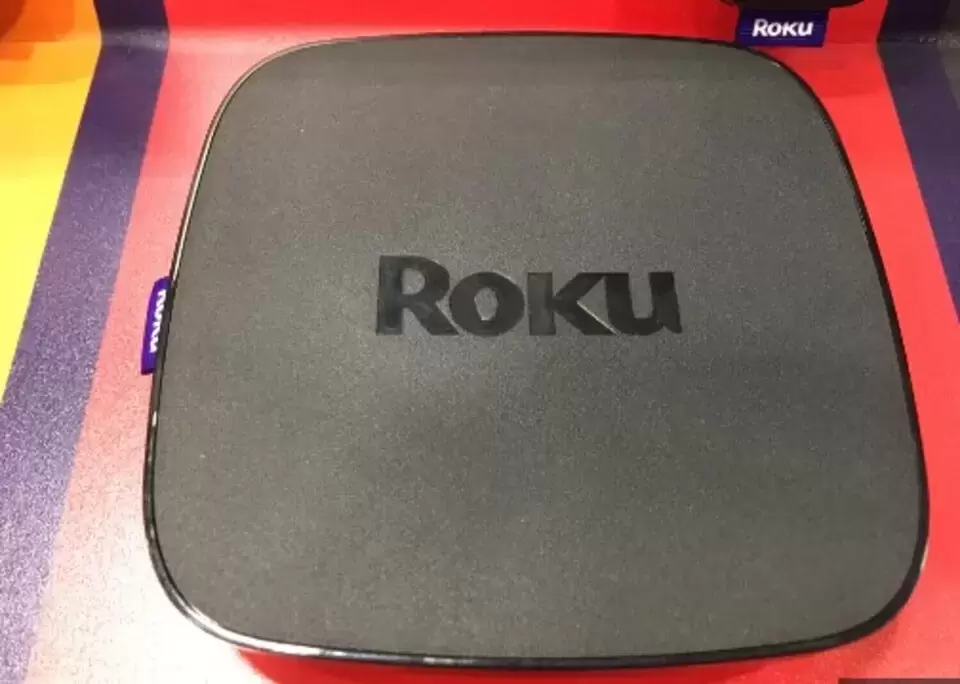
The streaming wars continue: Can Roku hold its own against the big players?
Keypoints:
- Roku's fourth-quarter earnings report will be released shortly after Wednesday's market close.
- Roku recently announced that it had over 70 million active accounts, up from 65 million in Q3 2022.
- There are concerns that Roku may report an 8% YoY decline in revenue due to weak ad revenue, the first time since going public.
W ill Roku (ROKU) Be Able to Overcome Ad Revenue Decline and Widening Losses in Upcoming Earnings Report?
Roku, the leading streaming video company, has just released its fourth-quarter financial results, and it has two significant obstacles to overcome.
Roku had a successful start to the year, with 70 million active accounts on its platform, but the stock has not been without its challenges, trading at 89% below its all-time high from two summers ago. Roku has been beating the market with a 36% year-to-date gain, but it is not out of the woods yet.

The Near Challenges
The company is facing two significant challenges in the ad revenue and widening losses. Roku has been posting widening deficits, and it has posted a larger-than-expected loss in two of the last three quarters.
The trend isn't Roku's friend until it's the end of the trend. Analysts predict that Roku will post a loss of $1.73 a share, which has been inching deeper into the crimson in the past few weeks. Roku turned a profit in the prior year's fourth quarter, likely the last positive net income investors will see out of Roku for a while. As bad as 2022 was for Roku, Wall Street pros see the losses getting even bigger in 2023.
Roku's ad revenue is also a cause for concern. Roku issued guidance in late October calling for an 8% year-over-year decline in revenue for the fourth quarter it will discuss this week. Yes, a decline of 8%. Roku's audience base and platform usage are up 16% and 23% over the past year.

Roku in Numbers
Roku's installed base of users grew by more than 4.6 million during the fourth quarter, compared to a sequential gain of 3.7 million active accounts a year earlier. If Roku comes anywhere close to its earlier guidance -- or even if it's somehow marginally positive -- it will have to come at the expense of ad revenue. This would be a first for Roku as a public company. Average revenue per user (essentially ad revenue per user) has moved higher with every passing quarter.
It's the missing variable in the quarter's top-line equation. Even if the player hardware revenue slips because of lower average selling prices, it will likely be the swooning ad revenue that draws the most gasps.
However, there is a silver lining in this dark cloud. Despite the two obstacles, Roku has been making strategic moves that will help it navigate these challenges. For instance, Roku has been attracting more content to The Roku Channel, already one of the five most-streamed apps on the platform.
There was a clever marketing deal with DoorDash, where Roku users can engage with merchant ads that deliver through the delivery service by initiating the order with a remote control. A deal with Cox Automotive should boost the value and activity for car companies by more effectively targeting their marketing missives on Roku.
The connected TV advertising market needs to recover, and Roku is making its own luck with partnerships like the ones it struck with Cox Automotive and DoorDash earlier this month to make advertisers pay more to get in front of that growing audience.
Roku's own optimism about its prospects is also worth considering. Despite the financial headwinds it is currently facing, Roku has been bullish about its growth potential.
Roku announced that it had more than 70 million active users on its platform in early January, which was 5 million more accounts than it was serving three months earlier, and a better than 16% ascent from where it was at the start of 2022. The cherry on top? The 23.9 billion hours of content streamed through Roku -- roughly 3.7 hours a day per viewer -- was a 19% increase over the past year.
Share Share Share
